Here’s everything about frequent charging damaging your phone battery:
For the most part, frequent charging is not an issue for modern phones with lithium-based batteries.
Charging behavior does impact your battery’s lifespan, but the exact ways depend on how you use the phone and what kind of battery you have.
You can research best practices for your specific battery.
So if you want to learn all about how frequent charging affects your phone battery, then this article is for you.
Let’s get started!
- Playing While Charging Phone: Damages Battery?
- Constantly Charging Phone: Damages Phone Battery?
- Charging New Phone Before Using: How Long?
- Charging Phone: How Long Does It Take?
- Using Phone While Charging: Bad?
- Charging Phone Wirelessly & Wired Same Time: Safe?
- Charging iPhone, iPad, or MacBook While FaceTime: Bad?
- Phone Battery Too Hot to Charge: How to Fix?
- Phone Temperature Too Low to Charge: How to Fix?
- Fully Charging Phone: How Long?
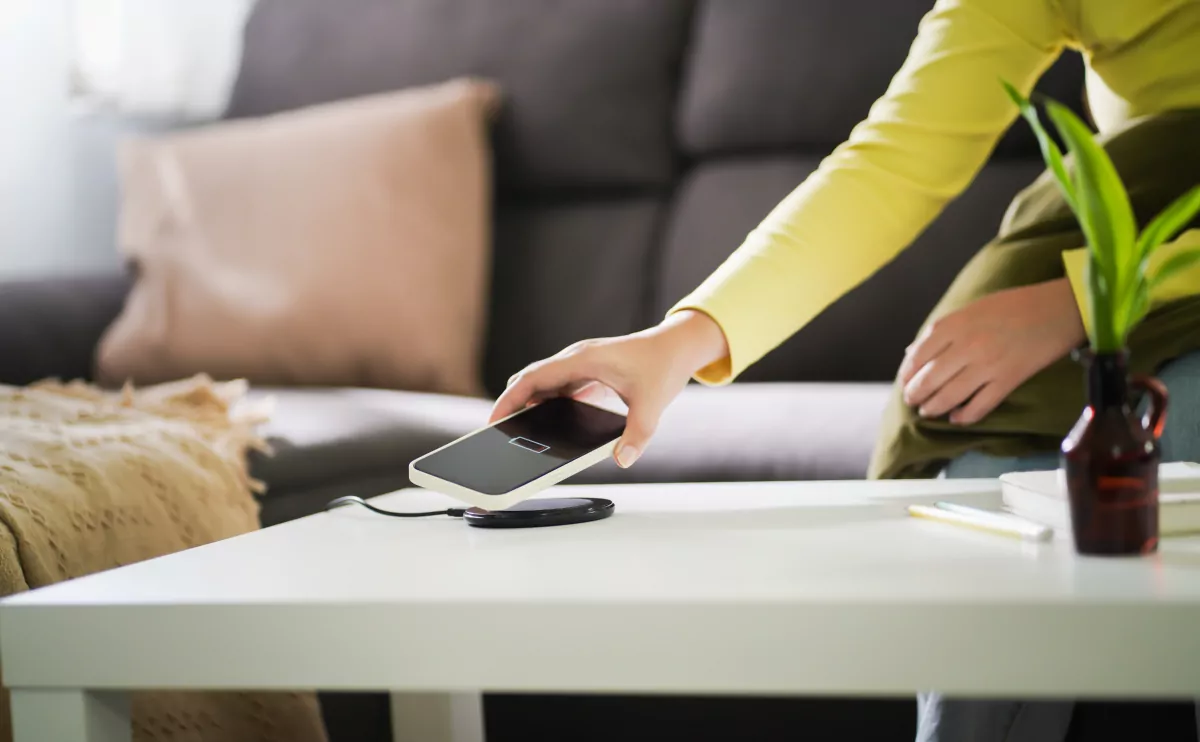
How Does Charging Your Phone Impact Its Battery?
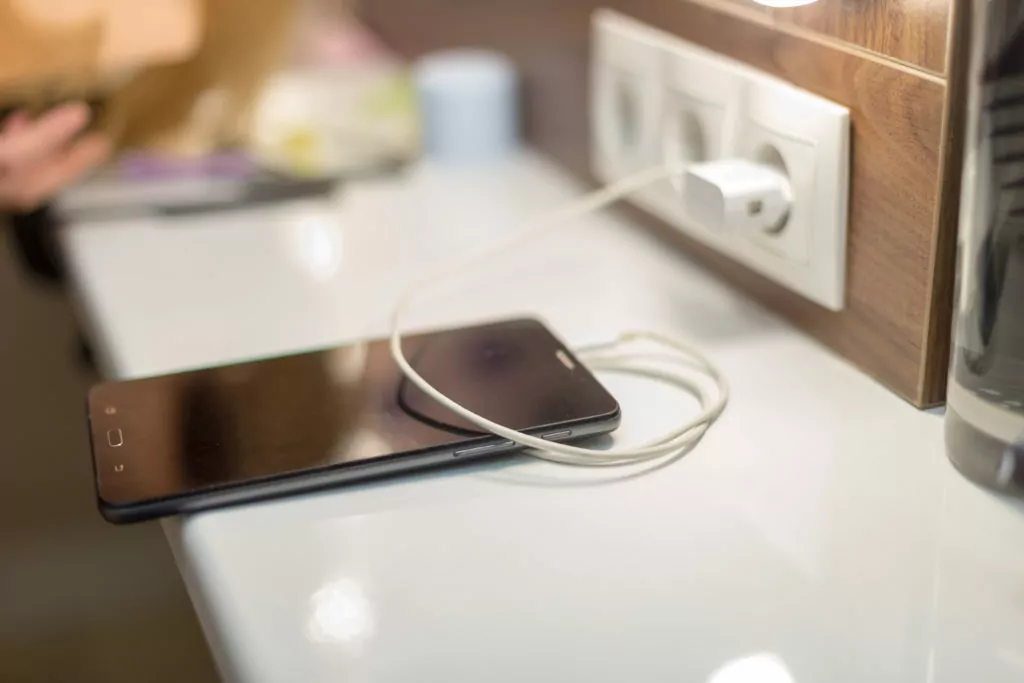
Any time a battery charges, it undergoes a chemical change.
Eventually, enough of the chemistry of the battery breaks down that it can’t charge anymore.
This process is generally referred to as the aging or lifecycle of the battery.
As the battery ages, it can’t hold as much charge as it used to.
This is why it will run out of juice faster, and eventually, you won’t be able to effectively run the phone off of the battery.
It’s important to realize that this is inevitable.
Every battery will eventually break down; it’s only a matter of when.
But, there are actions and behaviors that affect how quickly your battery ages and charging can be related to that.
Mostly, these behaviors depend on the type of battery you have, and all of that will be covered soon.
Before that, it’s important to understand that battery wear doesn’t happen all at once.
The chemical breakdown is a gradual process, and that’s why any given behavior is unlikely to harm a battery if it only happens once.
The chronic ways you use the phone are what matter the most.
How Should You Charge Different Types of Phone Batteries? (2 Types)
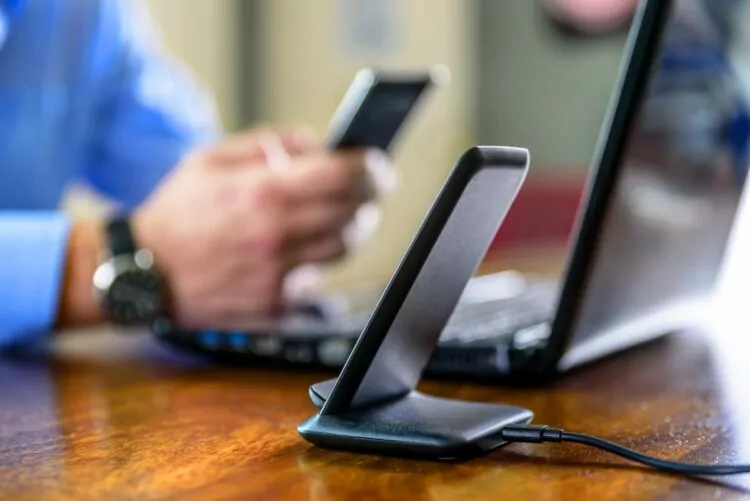
To reiterate, frequent charging is usually fine and won’t damage your phone battery.
But, as was just mentioned, some of this depends on the type of battery.
By and large, modern phones use lithium batteries.
There are a few different types of lithium-based batteries, but as far as charging and general use go, you can treat them as being the same.
That said, not all batteries are made with lithium, which means some are going to react very differently to your charging habits than others.
Batteries can be made from a number of compounds and key ingredients, but we can mostly break this up into new and old batteries.
Let’s talk about old batteries first, and we can debunk some common myths at the same time.
#1 Older Phone Batteries

Modern smartphones don’t use older batteries, but when cell phones first stormed the world, they weren’t using modern lithium-based batteries.
Instead, most of those batteries were made from nickel compounds.
Why should we care about that now?
Many of the most popular myths relating to battery care are tied to this history.
The right ways to take care of a nickel battery differ from the best options for using a lithium battery.
So, with older batteries (primarily nickel-cadmium and nickel-metal hydride), it was possible to overcharge them.
If you plugged in the battery and then forgot about it, you could push too much charge into the device.
The chemical change associated with recharging these batteries often caused them to swell, and overcharging could rapidly age batteries.
Because of that, frequently charging nickel batteries could be a problem if it increased the likelihood that you would overcharge them.
Regardless of frequency, overcharging these batteries is just plain bad.
#2 Modern Phone Batteries
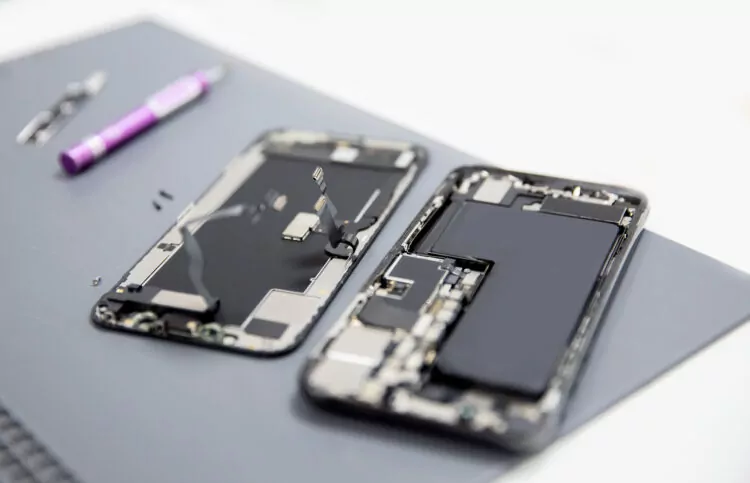
One of the many advantages of modern lithium batteries is that they can’t be overcharged.
Due to the nature of their design, when the battery is full, it stops pulling electricity from the charger.
So, you don’t have to worry about that.
And, because of this feature, frequent charging doesn’t really matter.
Instead, you have different concerns related to lithium-ion and lithium-polymer batteries.
The chief of those concerns is how quickly your battery goes through a charging cycle.
How Does Constant Charging Affect Your Phone Battery?
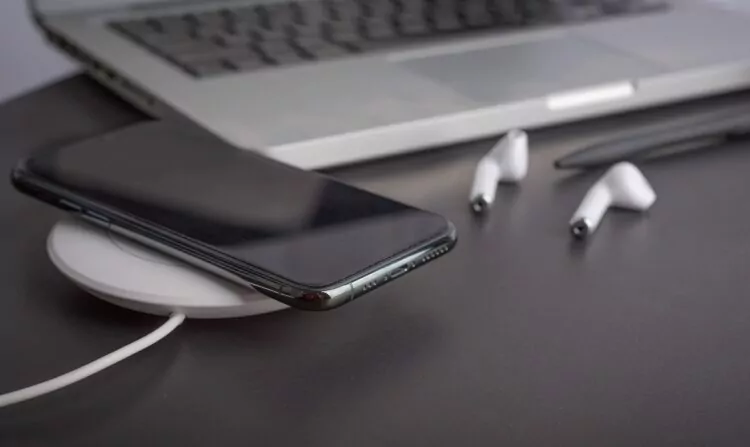
So much about frequently charging your phone battery.
What about constant charging, though?
For the most part, constantly charging a phone does not damage the battery.
Most manufacturers suggest that you can charge the phone however you like, and it will be just fine.
In fact, constant charging can extend your battery’s life in many cases.
The only real concern is avoiding charging in high temperatures.
Learn all about how constantly charging your phone affect its battery here.
What Is a Phone Charging Cycle?
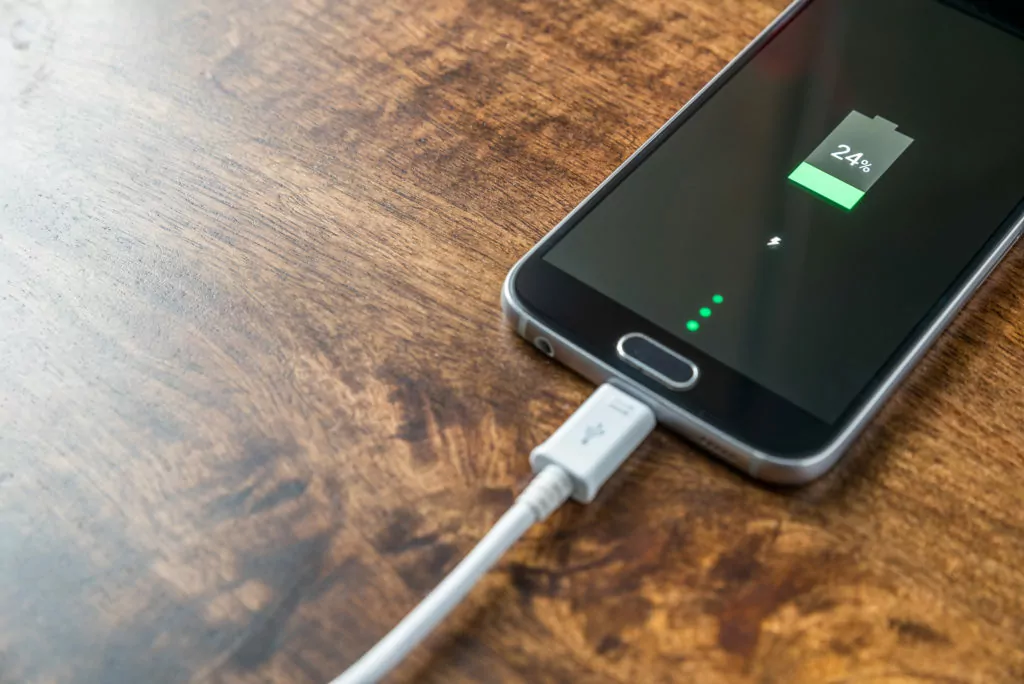
Every time your phone’s battery receives 100% of its capacity for a charge that counts as one cycle.
So, if your battery is down to 80% and you charge it back to full, you just gave it 20% of a charge cycle.
If the battery is down to 1% and you charge it to full, that’s 99% of a cycle (or basically one charge cycle).
On average, a modern phone battery is going to have somewhere from 300 to 500 cycles in its lifespan.
So, every time you go through a charging cycle (even if it takes multiple partial charges to accomplish this), your battery ages and comes closer to its inevitable decline.
It’s not frequent charging that ages the battery. It’s frequent battery drain.
Although technically speaking, recharging is what causes the chemical damage that august the battery.
But, that can only happen if the battery is first drained.
What does this all mean?
If you want to extend your battery’s lifespan, leave the phone plugged in while you’re using it (when it’s reasonable to do so).
The cord will supply the power for the phone to operate, so the battery won’t really drain while it’s plugged in.
You’re using the charger, but you aren’t aging the battery.
Phone Trickle Charge
Before you go too far with this idea, it’s important to know that leaving the phone plugged in all the time won’t permanently preserve the battery.
This technique slows aging, but it doesn’t stop the process altogether.
Every battery (that is plugged into a device) slowly drains energy over time.
Some of this is because batteries can’t hold a charge forever, but part of it is because they are attached to a circuit.
You can chalk this up to a concept called trickle charge.
A small amount of current can leak out of a circuit even when the device is not in use.
This means that your battery is always losing a little bit of charge.
It also means that if you leave the phone plugged in all the time, it’s constantly getting a little bit of charge too.
This rate is a lot slower than when you use the phone normally, but ultimately, wear and tear is still part of the equation.
What Else Ages Phone Batteries? (6 Factors)
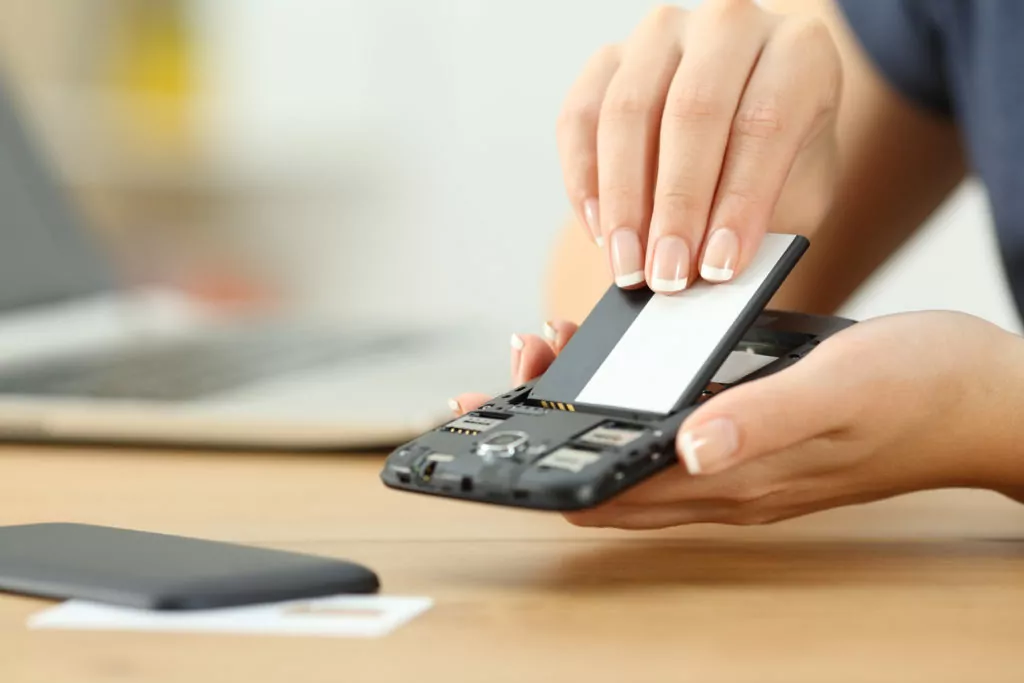
If you have a modern phone, then frequent charging isn’t a concern. While that’s nice, it leads to another question.
Why do modern batteries die?
Sure, some of them make it past the warranty date, but many don’t.
What’s up with that?
Well, there are a number of situations and behaviors that impact battery lifespans, and if you’re not aware of them, you could accidentally kill your battery well before its time.
Even though you read about different types of batteries before, the rest of this is going to assume your phone has a lithium-based battery in it.
With that in mind, there are some things you really need to know about.
#1 Extreme Temperatures

Arguably, extreme temperatures are modern phone batteries’ worst enemy.
If the battery gets too hot or too cold, those temperature variations can mess with the battery’s structure and/or chemistry.
A phone that is stored in below-freezing temperatures for any extended period of time is rapidly losing battery life.
Similarly, if the phone is in 100℉ (38℃) or hotter weather for too long, the battery will suffer.
This also means that a phone that runs hotter than normal can shorten its own battery lifespan.
The heat generated by phones is capable of reaching temperatures that age batteries.
#2 Total Drain
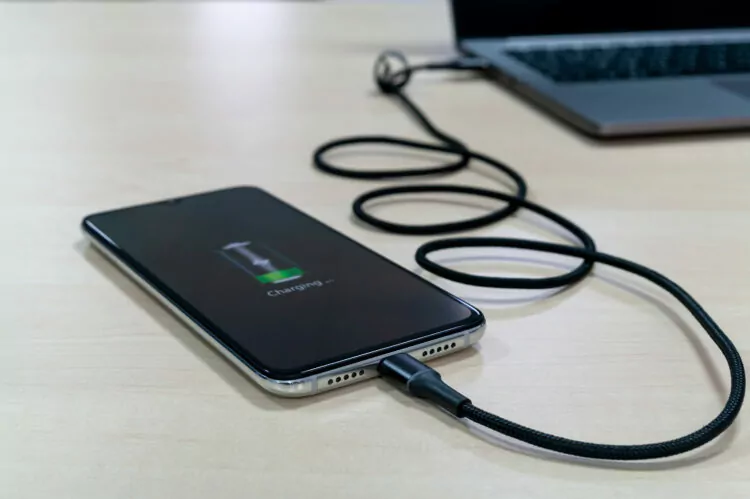
Another thing that is bad for modern batteries is completely draining them.
You might have heard of a term called “cycling a battery.”
This is where you drain the battery all the way and then recharge it to full.
With older batteries, doing this every month or so helped the batteries to work more efficiently.
Lithium batteries do not need to be cycled in this way (with the exception of a rare troubleshooting technique related to when your battery never gets to 100% charge).
Instead, hitting 0% on a lithium battery actually accelerates aging.
One of the fatal flaws of these types of batteries is that when their charge gets below 1V, the copper reacts with chemicals in the battery, and that’s bad.
Now, your phone will automatically shut off before the battery gets below 1V, and it won’t power back on until the battery has enough charge that it won’t hit the critically low threshold.
But, if your battery is low enough that it can’t power the phone, and you leave it in that state, it will still slowly bleed off charge.
When a lithium battery gets down to 0V of charge, it usually suffers permanent damage, and many times, it will never be capable of a full charge again.
Here’s the summarized lesson.
Don’t drain your battery all the way down if you can help it.
If it does get critically low, try to get it on a charger within 48 hours (the sooner, the better).
#3 Storage

OK, but if the phone loses charge over time, what are you supposed to do if you need to put it in storage for a while?
Apple makes clear recommendations, and these are good for any lithium battery.
Try to store the phone when it is at or around 50% charge.
Power it off, and it can sit for up to six months.
If it’s going to stay in storage longer than that, then charge it back to around 50% every 6 months.
This is the optimum way to preserve your battery.
#4 Excess Use

One of your uphill battles with preserving battery longevity is the limited number of charge cycles.
If you use up your charge cycles quickly, your battery will die no matter how else you try to protect it.
You need to minimize charge cycles, and that brings us to how you use the phone.
Some activities drain your battery a lot faster than others.
Watching a 4k video is going to use a lot more power than sending a text message.
Plenty of phone games draw a lot of power, and heavy downloading and uploading are also issues to keep in mind.
Any or all of these activities will drain your battery a lot faster than normal.
That means you’re burning through your limited number of cycles faster too.
None of this means that you have to abandon these activities. It means that you should try to do them while the phone is plugged in.
If you have to run heavy-use activities off of the battery, try to minimize how often you do it.
That will help you keep the battery healthy for a lot longer.
#5 Damage

To the surprise of absolutely no one, a damaged phone can shorten a battery’s lifespan.
Drops, bangs, and other impacts can damage the battery.
This damage can manifest in a lot of ways, but those possibilities include lowering the charge capacity of the battery.
It’s also possible to just plain shorten the battery’s life through a single impact.
In worse scenarios, the drop can outright damage the circuitry of the phone and kill the battery completely.
If there’s a lesson here, it’s to protect your phone. Doing so protects the battery.
#6 Constant Network Searching

Technically speaking, we’re back in the realm of heavy phone usage again, but a lot of people overlook this particular issue.
When your phone has to search for a network, it burns through a lot of power very quickly.
Few things can drain a smartphone battery as fast as a constant search for a network.
As we’ve already learned, things that use a lot of power burn through recharge cycles faster and wear out the battery.
So, there needs to be a way to limit how much network searching will drain your battery.
The easiest solution is to throw the phone in airplane mode any time you are out of service.
If you don’t, it will constantly search for a signal that it cannot find, and your battery will drain faster than you might expect.
But, when the phone is in airplane mode, it won’t search, and the battery will last much longer.
Conversely, you can turn the phone off to get the same effect.
If you’re rarely out of service, this won’t matter much.
But, if you travel a lot or are frequently out of cell range for any reason, this practice can make a huge difference.
You can extend your battery’s lifespan by a year or more.
How Long Are You Required to Charge the Phone’s Battery Before You Use Your Phone for the First Time?
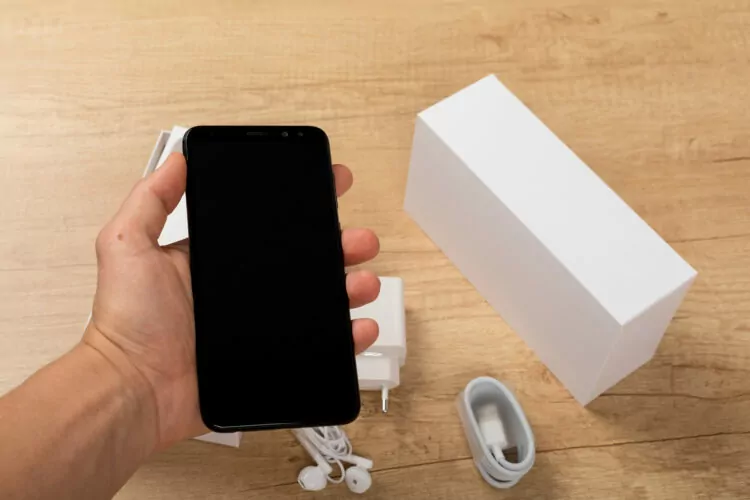
Have you ever heard that you need to charge your new phone for a certain amount of time before using it?
A modern phone can be used as soon as you receive it or take it out of the box.
The older battery technology required significant charging before it could be used, but this hasn’t been the case for several years now.
You can use or charge a new phone however you want as soon as you receive it.
Learn all about charging your phone before its first use here.
- Playing While Charging Phone: Damages Battery?
- Constantly Charging Phone: Damages Phone Battery?
- Charging New Phone Before Using: How Long?
- Charging Phone: How Long Does It Take?
- Using Phone While Charging: Bad?
- Charging Phone Wirelessly & Wired Same Time: Safe?
- Charging iPhone, iPad, or MacBook While FaceTime: Bad?
- Phone Battery Too Hot to Charge: How to Fix?
- Phone Temperature Too Low to Charge: How to Fix?
- Fully Charging Phone: How Long?

